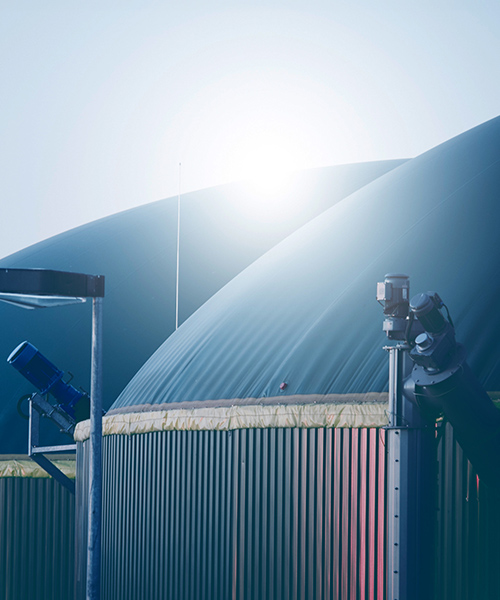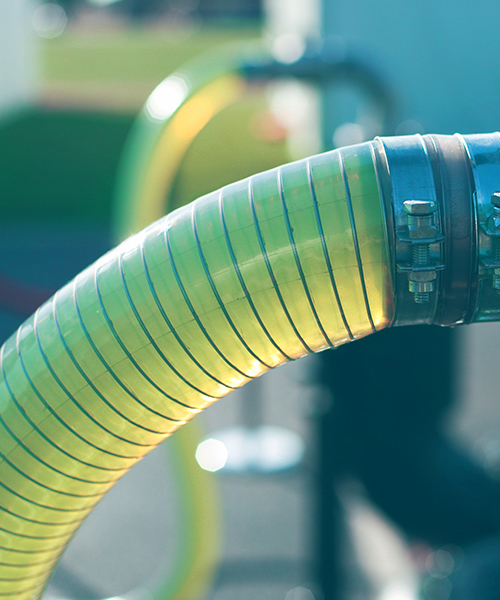How to scale up renewable methanol production
Why it makes sense to pair American ethanol producers with e‑Methanol production
To avoid emitting 1.5 gigatons of CO2 annually by 2050, the global methanol sector needs to accelerate the adoption of lower carbon methanol such as e-methanol. But this is easier said than done.
Compared to traditional methanol, lower carbon methanol faces several challenges to achieve growth. These include infrastructural challenges, feedstock constraints and production costs.
But there are also opportunities to scale up lower carbon methanol production. One of these opportunities is to partner with the corn ethanol industry. According to the From Ambition to Reality series by Worley and Princeton, such synergies are necessary to achieve the pace and scale needed to reach net zero. This is because the ethanol production process emits the biogenic CO2 feedstock needed to synthesize e-methanol. The ethanol industry also has experience in handling and transporting alcohols, with existing infrastructure already in place.
The ‘Success of Synergies’ white paper explores this potential synergy between the US Midwest ethanol sector and e-methanol. The collaborative paper between Topsoe and Worley investigates a business case for pairing ethanol production with e-methanol synthesis. It delves into current and future e-methanol trends such as cost, feedstocks and technologies. And it looks at how the e-methanol sector can take advantage of support structures like tax incentives.





